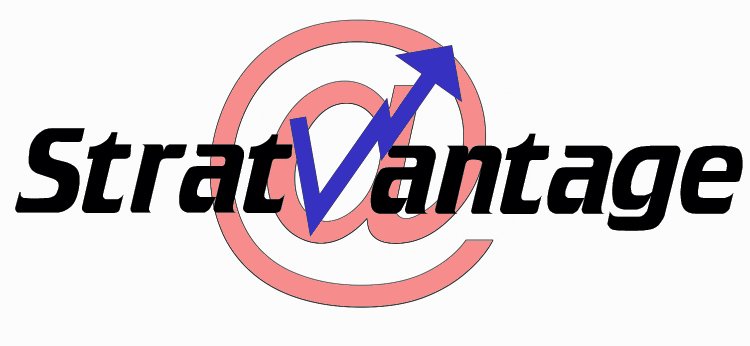From Evernote: |
StratVantage Consulting, LLC — Mike’s Take on the News 12/12/00Clipped from: http://www.stratvantage.com/news/121200.htm |
The News – 12/12/00
P2P For Pete’s Sake
A couple of recent developments illustrate how the P2P fervor is finding its way into mainstream applications.
Real Networks announced their new media streaming scheme, and it’s beginning to look a lot like Napster. RealSystem iQ does away with the idea of a central server serving media streams. Rather, a network operator can configure peer servers that can share the load. If one area of the network gets overloaded, less-busy servers can step in to service the load. This makes a self-healing media distribution network a reality.
Under tremendous pressure from Microsoft’s MediaPlayer, Real Networks still claims 160 million users and 72 percent of the media files on the Net.
In other P2P news, two of the Net’s killer apps are united in Aimster, a combination of instant messaging and file sharing (a la Napster). Now, not only can you chat about the latest music, you can share it with your buddy list. Unlike Napster, there is no central server, and thus very little way to stop this file sharing. Created by the improbably named Johnny Deep (who is an equally improbable 43 years old), Aimster was released this summer, has 73 million users already, and has not escaped the notice of the record industry. However, since the file sharing is limited to buddy lists, it could be argued that Aimster just facilitates the kind of music sharing that happens when you lend your CD to your friend who then tapes it.
Inside (Real Networks story)
Inside (Aimster story)
Wireless Growth MDA
You can’t let a day go by without reading another rosy prediction of wireless growth from a pundit or industry flack. To help you with your minimum daily requirement, here’s a chart and a couple of quotes:
Lucent claims that by 2005, 50% of wireless traffic will be from data. Motorola asserts that by 2004, more people will be accessing the Internet from a wireless device than a wired one. In the U.S., there’ll be 96 million wireless users by 2005.
You’re welcome.
How Fast is Fast Enough?
I love my cable modem. Despite my misgivings about cable company service, I’ve had very few problems with it. And it’s fast, up to 1Mbps. But if things go right, by late next year, I could be trading it in for access that’s 40 times faster.
Called Ultraband and developed by Advent Networks, this new technology runs over hybrid fiber coaxial networks. Unlike my cable modem, which shares bandwidth with other users in my area, Ultraband uses switched Ethernet over cable, creating virtual channels for each user that delivery 40Mbps. This means you get guaranteed performance that is more than 700 times as fast as a 56Kbps modem.
Now to put 40Mbps into perspective, your office network probably only runs at 10Mbps, and your office Internet access is probably only 1Mbps. Plus, you share these resources with everyone in your office. How’d you like to have 4 times that performance dedicated to your use along?
While you’re pondering that, consider this: The cable network is capable of speeds up to 1Gbps.




